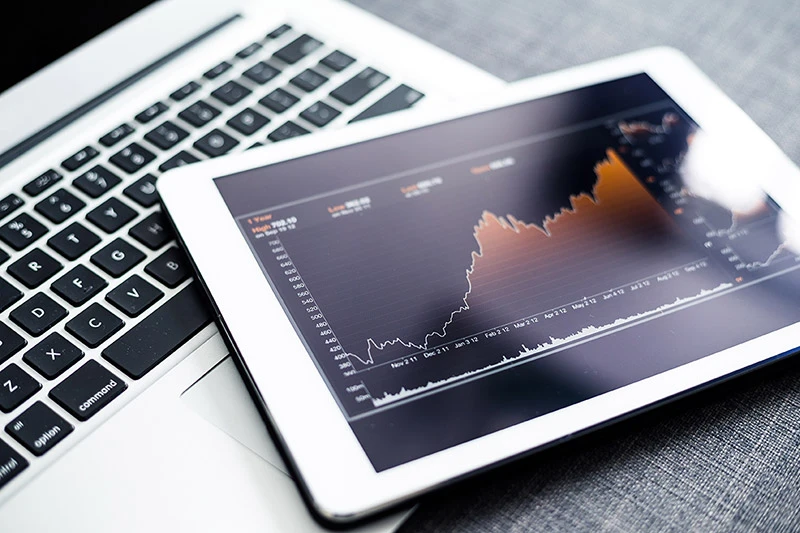In today’s rapidly evolving financial landscape, much of our wealth is stored in digital form—stocks, cryptoassets, bonds, and currencies accessed through online platforms. While this shift has brought speed and convenience, it has also introduced fragility. Against this backdrop, physical assets like precious metals remain critically important. Not for nostalgia, but for stability, resilience, and a hedge against the limits of the digital world.
Physical Assets Are Immune to Digital Risks
Digital wealth is, by design, intangible. Its value exists on servers and platforms that depend on constant connectivity and digital infrastructure. While this brings speed and convenience, it also introduces vulnerabilities that are often underestimated. Cryptocurrency investors, for example, have seen billions vanish due to hacking incidents, exchange collapses, or the loss of private keys.
Even more established financial institutions are not immune. Traditional banks and brokers can suffer from cybersecurity breaches, platform outages, or administrative errors. Regulatory shifts and compliance issues can also impact access to or control over digital assets, leaving investors exposed to risks beyond market volatility.
By contrast, physical assets, such as gold, silver, or platinum bars, exist independently of any digital network. They require no passwords, permissions, or internet access to verify ownership. This freedom from third-party dependence is one of the strongest arguments for holding tangible forms of wealth, particularly as a safeguard against the systemic risks embedded in digital finance.
Tangible Value Builds Emotional and Financial Confidence
There is a unique psychological reassurance in holding something of real-world value. Gold coins, platinum bars, or silver bullion offer a perceived permanence that screens cannot replicate. During times of crisis, economic, geopolitical, or financial, investors instinctively turn to these assets.
The historic role of precious metals in preserving value through wars, recessions, and monetary shifts is well documented. When confidence in fiat currencies or digital markets wanes, tangible assets provide continuity and trust. This is especially relevant when central banks themselves are increasing their gold reserves, reinforcing physical assets as a cornerstone of long-term strategy.
Inflation and Monetary Policy Demand Hard Assets
Digital wealth is ultimately denominated in fiat currencies, which are vulnerable to inflationary erosion. In contrast, physical precious metals are limited in supply and cannot be conjured at will. When inflation spikes or interest rates fluctuate, metals such as gold and rhodium often perform well, offering a counterbalance to depreciating cash and overvalued equities.
For instance, gold prices historically rise in periods of low real interest rates—when inflation outpaces returns from savings or bonds. This means that while digital investments may stagnate or decline during inflationary periods, physical assets can appreciate and preserve purchasing power.
True Diversification Must Cross the Digital Divide
Many investors talk about diversification but overlook its digital dimension. A portfolio full of stocks, bonds, ETFs, and cryptocurrencies may appear diversified, but all are ultimately digital entries. This creates a systemic concentration risk. In the event of major cyber events or widespread platform failures, such a portfolio could be disproportionately exposed.
Introducing physical assets creates a layer of diversification that is not correlated with digital financial infrastructure. For example, gold tends to have a low or negative correlation with equities during market stress. Likewise, platinum and palladium often follow different demand cycles due to their use in industrial applications like automotive manufacturing and electronics.
By allocating a portion of wealth to metals held securely in vaults, investors gain not only diversification of assets but also diversification of systems. Those looking to manage this transition with clarity and confidence often turn to specialists like auctusmetals.com, who understand how to balance physical asset resilience with digital oversight.
Integrating Physical Assets into Modern Portfolios
Incorporating physical precious metals doesn’t mean abandoning digital tools. In fact, many investors use modern platforms to manage real-world holdings. Professional portfolio managers can provide seamless integration of physical assets into digital dashboards—combining the resilience of tangible assets with the oversight and transparency of digital management.
Physical does not mean outdated. When managed professionally, these assets can be tracked, insured, and audited with the same rigour as any digital investment—offering the best of both worlds.




